
The Illinois Department of Natural Resources (IDNR) recently released the Illinois Chronic Wasting Disease (CWD): 2018-2019 Surveillance and Management Report. Despite higher prevalence rates in 2018-2019, CWD prevalence has remained low and changed little over time since the discovery of CWD in Illinois in 2002, increasing an average of 0.08 percent per year since 2003.

Highlights of the report include:
- Ninety CWD-positive deer were identified from 8,824 usable samples collected statewide during the 2018-2019 reporting cycle.
- Across the 17 county CWD range the estimated disease prevalence rate for all adult deer taken by hunters was 1.6 percent, the highest observed since CWD was discovered in Illinois in Boone County in November 2002.
- The prevalence rate for hunter-harvested adult males (1.9 percent) continues to be higher than that of adult females (1.2 percent).
- Deer taken during the IDNR sharpshooting effort were slightly more likely to be CWD-positive (2.0 percent) than hunter-harvested adult deer (1.6 percent).
- McHenry County produced the highest number of hunter-harvested CWD positive deer, followed closely by Ogle. Jo Daviess, Stephenson, Grundy, LaSalle and Boone also produced five or more positive deer during the reporting period.
- As in previous years, areas with above-average prevalence rates were observed in southeastern Winnebago, southern Boone and northwest DeKalb counties. Prevalence was also higher in northern McHenry, eastern Ogle, southwest Kendall, western Grundy and southeast LaSalle.
- Ogle County saw the most dramatic increase in CWD infection in Illinois this past year. Prevalence, which had been ranging between 0.2 percent and 0.8 percent from FY2011-FY2018, was 2.3 percent in FY 2019.
The spread of CWD and the establishment of new disease foci into new areas of state continues to be the biggest management challenge in Illinois. During 2002-2010, 80 percent of all CWD-positives identified in Illinois originated in either Boone or Winnebago county. In the 2018-2019 sampling period, only 11 percent came from those counties. This shift in CWD distribution poses significant challenges for management, as resources available for CWD management continues to be spread more thinly rendering them less effective.

In addition to the expansion of disease from the initial outbreak area in northern Illinois, an outbreak recently detected in southeastern Missouri is separated from Randolph County by only the Mississippi River. This past year, IDNR worked in cooperation with the Missouri Department of Conservation and the U.S. Fish and Wildlife Service to conduct surveillance and disease management on Kaskaskia Island, a portion of Randolph County that lies on the western side of the Mississippi River adjacent to the Missouri infection area. Twenty-four deer were removed from Kaskaskia Island, and no positive deer were found. However, during the past two years, several positives have been identified from Missouri sections adjoining Kaskaskia Island, so continued action is warranted. Continued work will provide valuable surveillance data to identify the disease status of herds in that area and will help minimize the potential for CWD to spread across the river, but the level of concern remains very high.
The full report may be accessed at dnr.illinois.gov/programs/CWD/Documents/2018-2019%20CWD%20Annual%20Summary.pdf
Doug Dufford retired from the Illinois Department of Natural Resources’ Division of Wildlife Resources, having serve as the Wildlife Disease and Invasive Species Program Manager. He continues to provide technical support on contract.
Patrick McDonald is a wildlife biometrician in the Illinois Department of Natural Resources’ Division of Wildlife Resources Forest Wildlife Program.






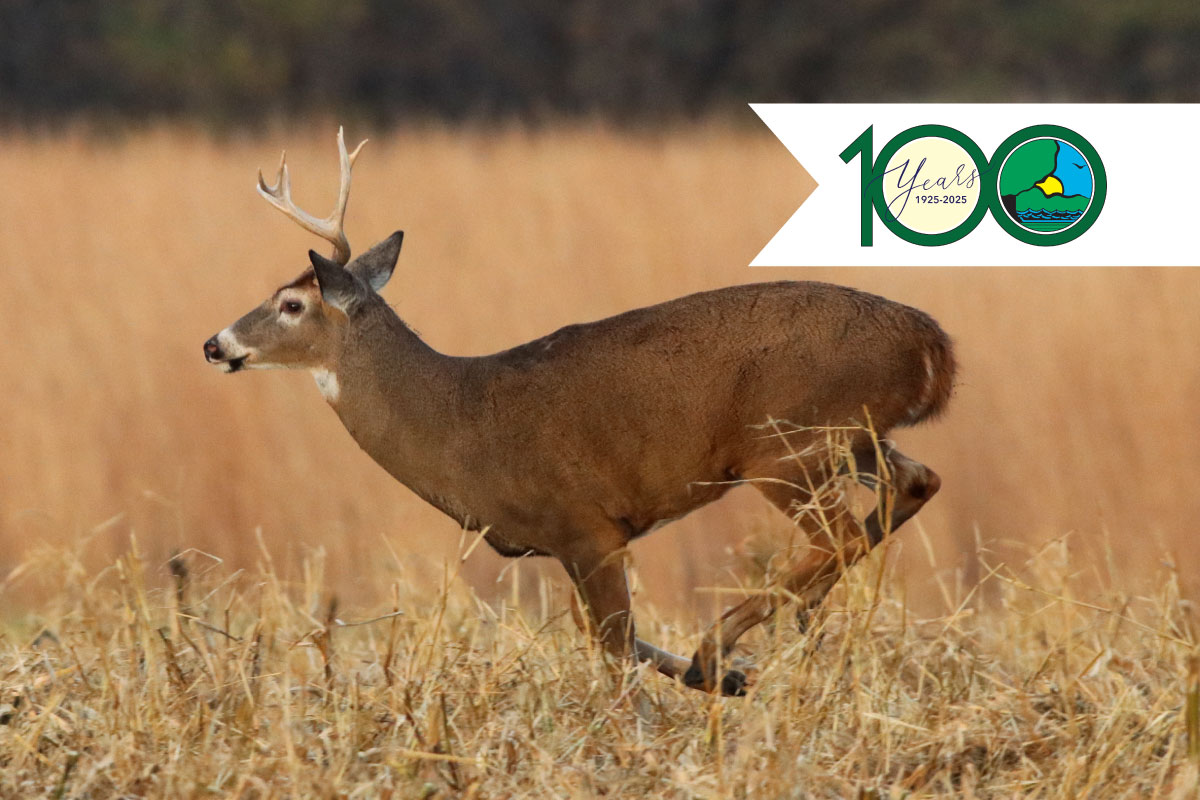
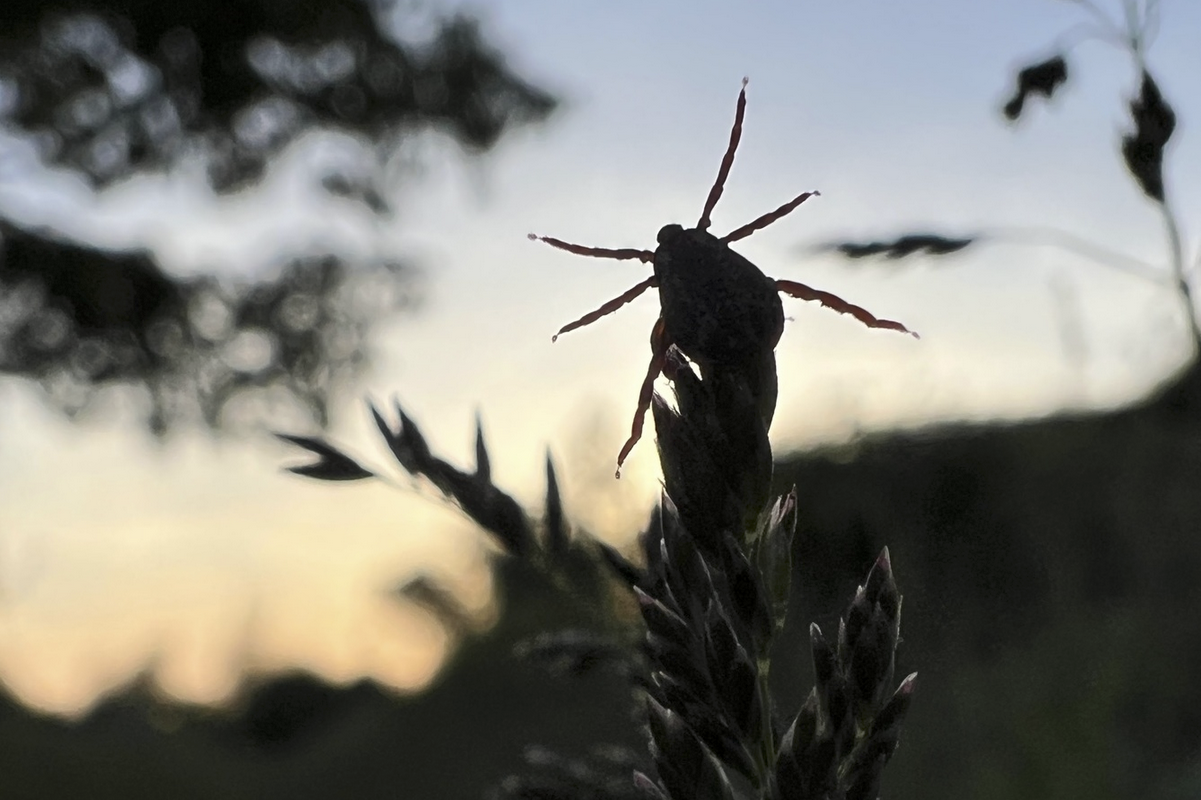
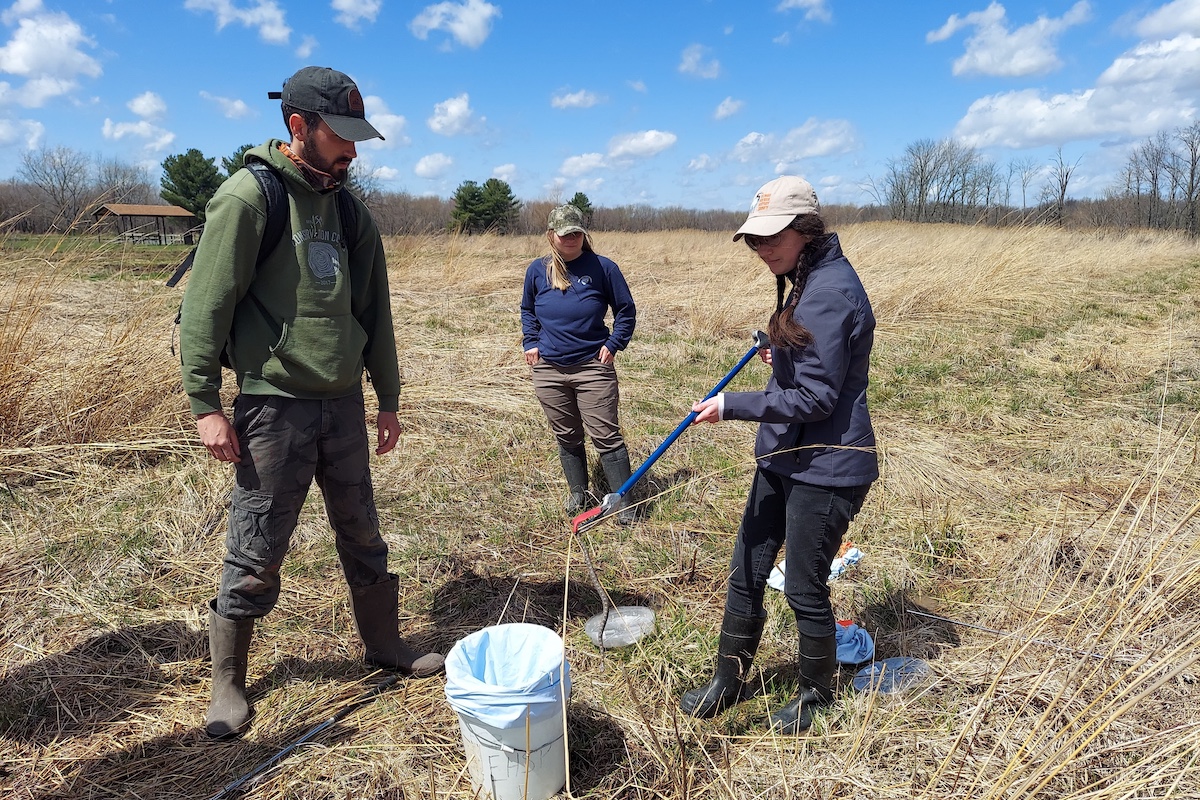
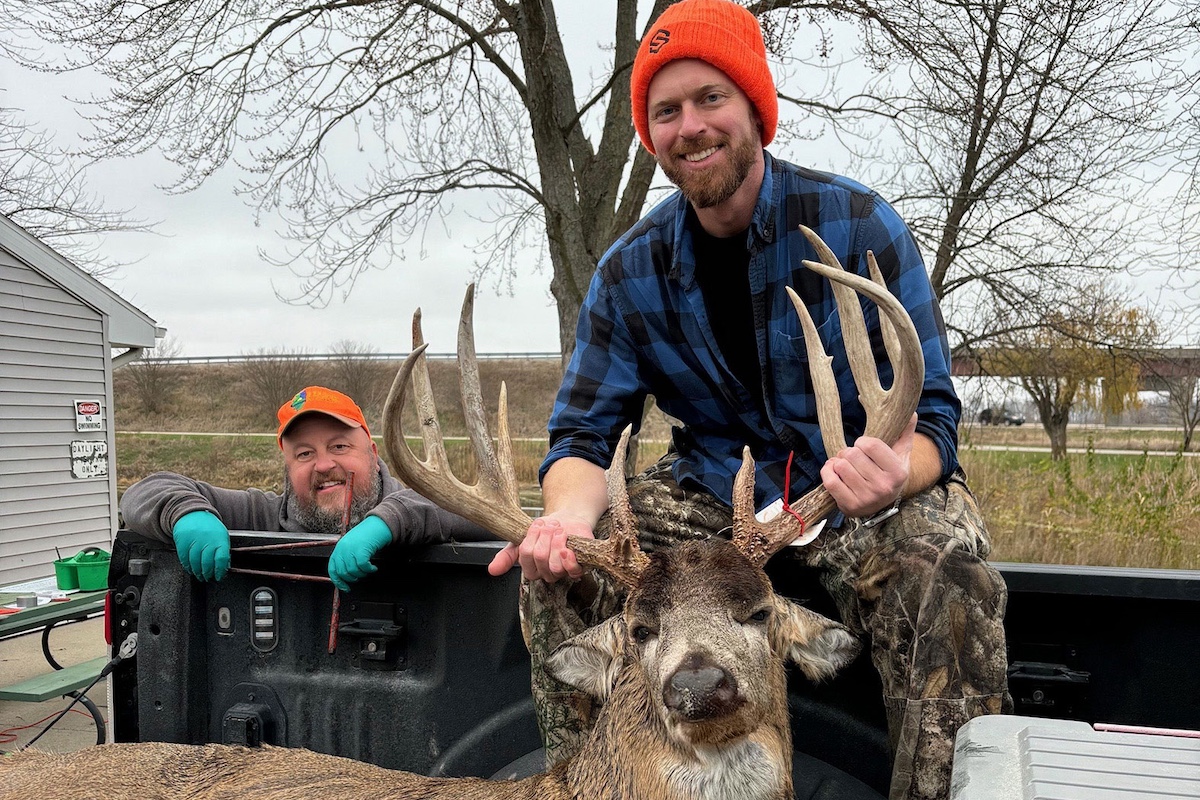



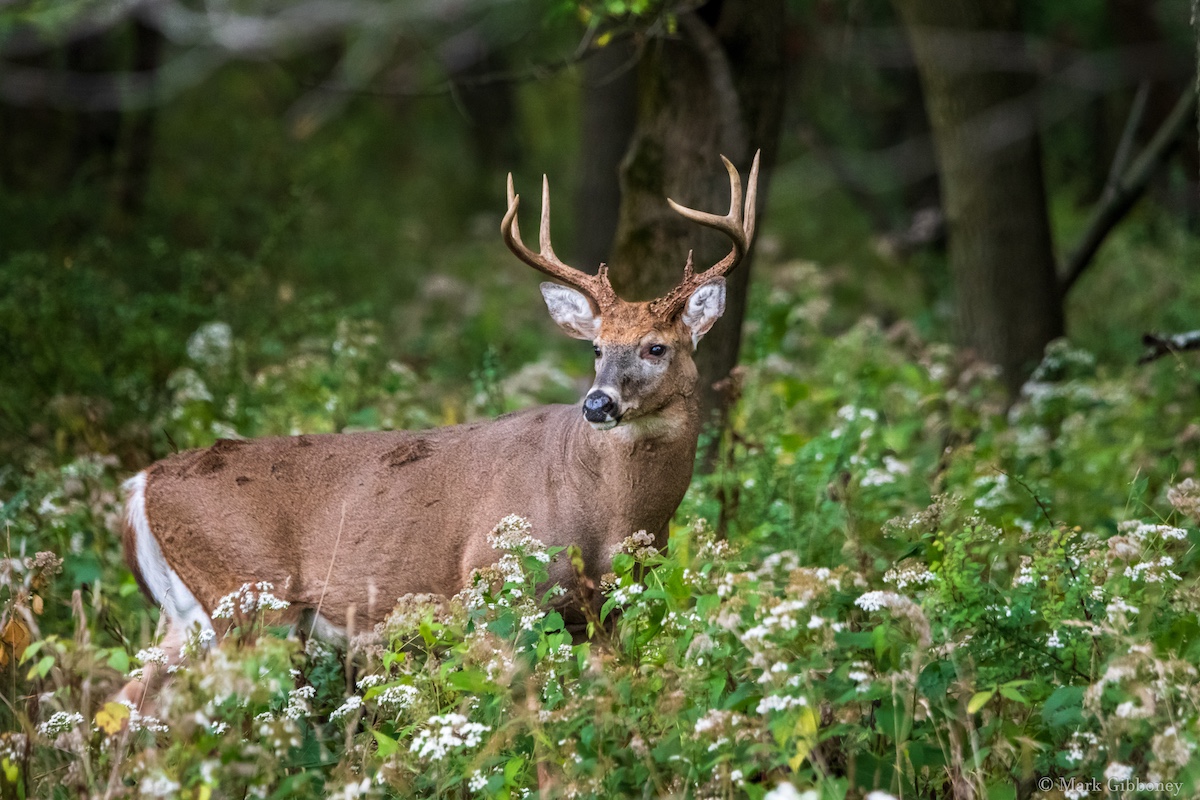


Submit a question for the author